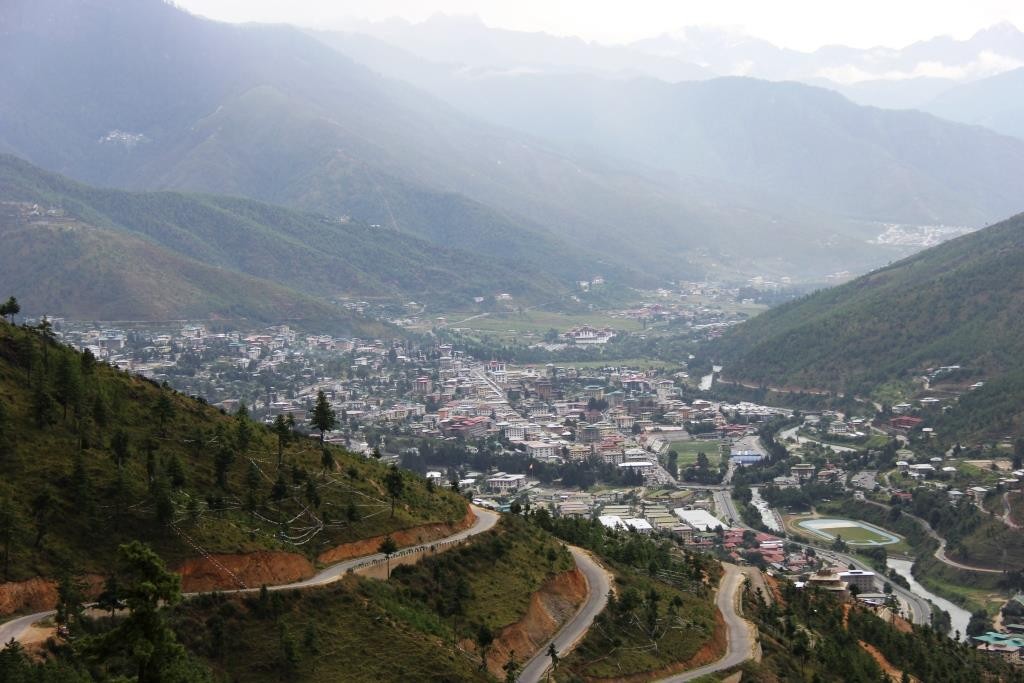
As a visitor you’re probably wondering what Thimphu has to offer in terms of aesthetics. Well, Little Bhutan has come up with a list of things you could do and the places you should visit while taking in the sights and the surrealistic setting of this magnificent Himalayan capital.
Tashichhodzong
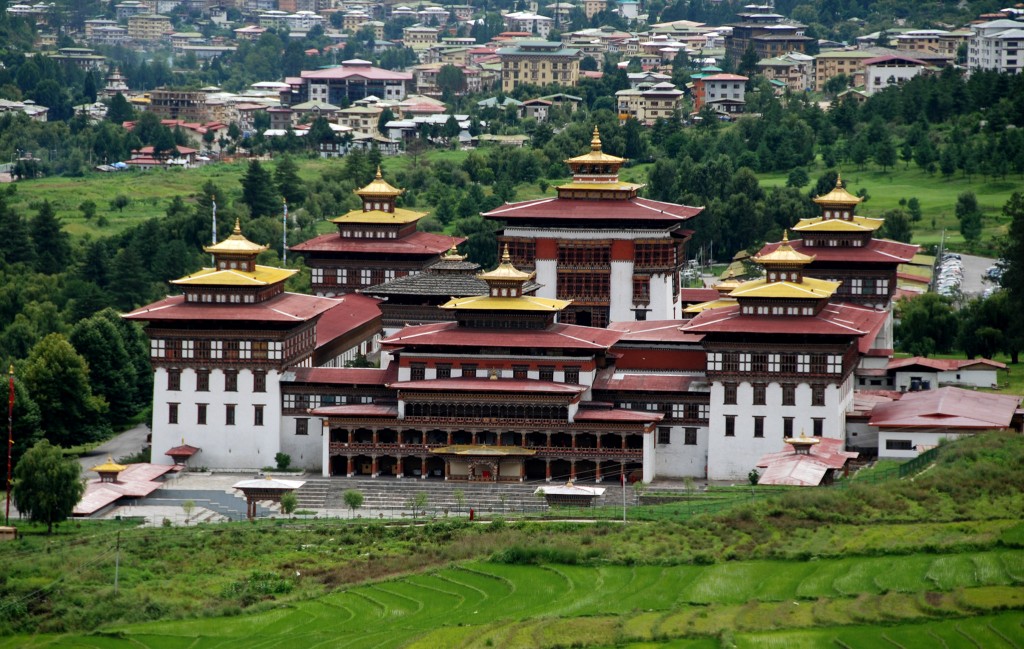
The Dzong (fortress), along the bank of the Wang Chhu, is an architectural delight and houses the throne room, and offices of His Majesty the King and the ministries of home affairs and finance. It also is the summer residence of the dratshang (monk body).
Destroyed by fires in the 1700s and by an earthquake in 1897, it was rebuilt in 1902. Today, surrounded by well-kept lawns and beautiful gardens, the massive structure provides a majestic grandeur to the city. Visitors can marvel at Bhutanese architecture and craftsmanship at its finest, where the entire fortress was built without the use of any nails. Its courtyards are a place of gathering for the locals, dressed in their best attires, during the tshechus and other religious festivals.
Memorial Chorten
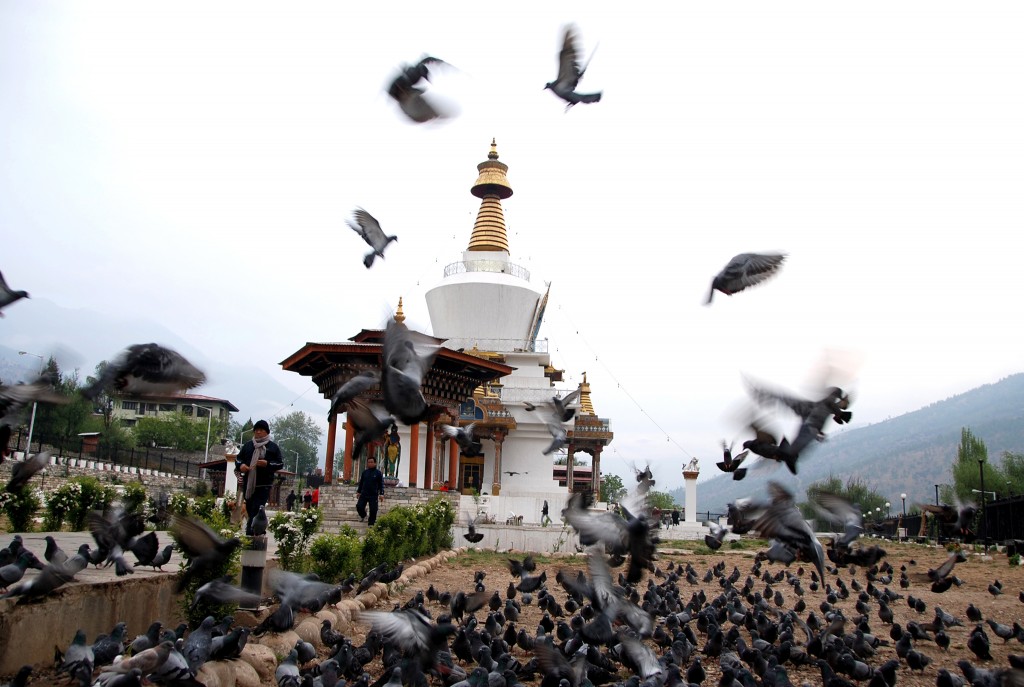
While chortens are the most visible religious monuments found in and around Thimphu, the memorial chorten is special to the locals because it is, like the name suggests, built in memory of the father of Bhutan – His Majesty the Third King, Jigme Dorji Wangchuck.
Only about a five-minute walk from the main traffic, one can see people circumambulate the chorten throughout the day. Standing tall in the heart of the city, the white structure, with its golden finial, is adorned with richly painted thankas, elaborate mandalas, splendid statues and a shrine dedicated to His Majesty the Third King.
National Textile Museum
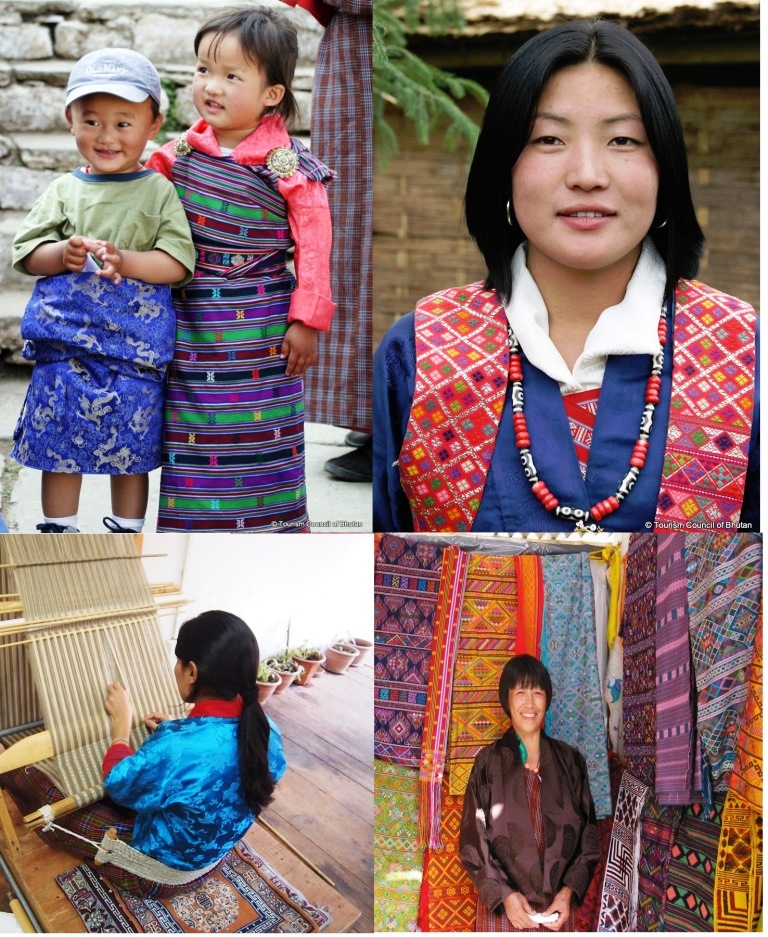
To learn firsthand about this tiny Himalayan Kingdom’s art of weaving, the National Textile Museum is worth a trip. A visit will introduce you to the major weaving techniques, styles and the type of textiles made by both women and men. If you are lucky, you may even come across a group of weavers operating their looms inside the museum. The museum, standing in the premise of the Royal Textile Academy, houses a weaving centre, a conservation centre, a shop and a café.
Centenary Farmers’ Market
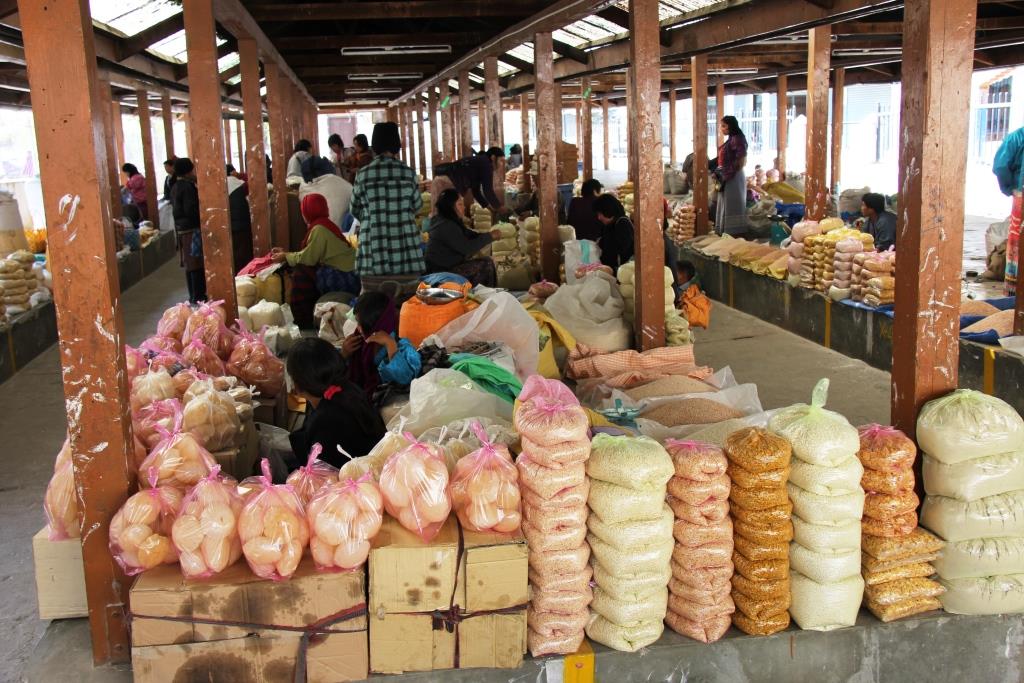
The Centenary Farmers’ Market or the Weekend Market, north of Changlimithang Stadium, is situated along the bank of Wang Chhu. Come Thursday, and vendors from all over the country start pouring in and remain until Sunday night to sell their wares.
Walk around this double-storey market and you’ll find the air go from pungent to sweet to aromatic depending on the produce that is on display – from dried-fish to datse balls, seasonal vegetables and fruits and spices. Across the market and the footbridge (Kundeyling Baazam), one can find a collection of clothing and handicraft stalls. While there are wooden bowls, prayer beads, amulets, prayer wheels and the lot on offer, if you look carefully you could find some treasure amid the heap.
Changlimithang Stadium & the Archery Range
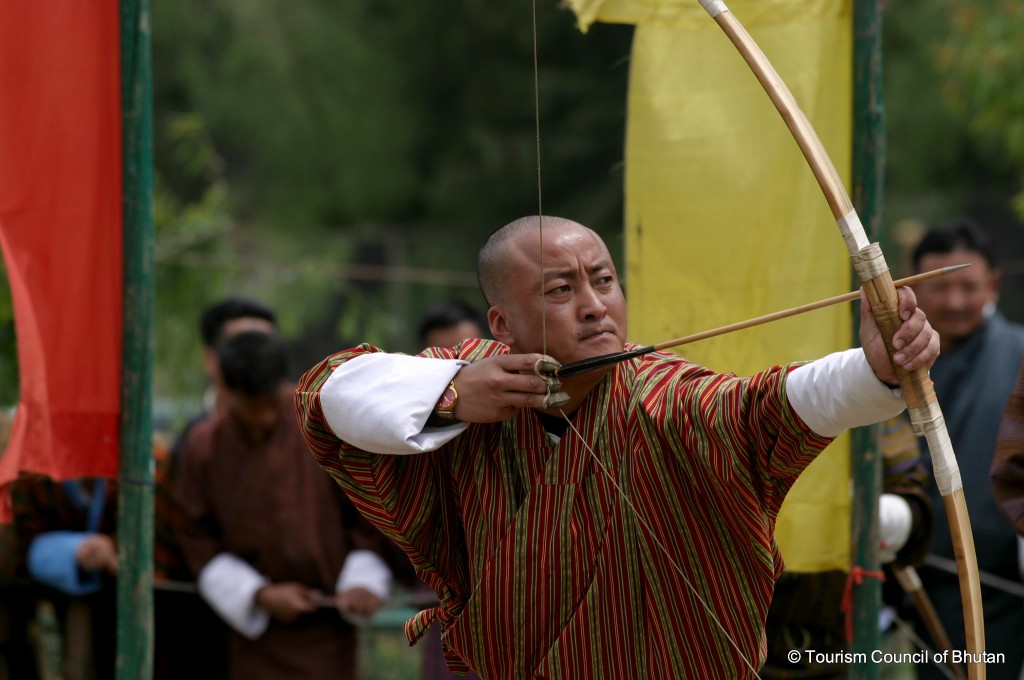
The national stadium in 1885 was the site of the famous battle of Changlimithang that helped establish Sir Ugyen Wangchuck, Bhutan’s first King, as the nation’s political head.
Recently, only about a week back, Bhutan beat Sri Lanka in the world cup qualifiers amidst a packed house of spectators here. But what is equally fun and exciting is the archery ground next-door. Traditional bamboo or carbon-fibre bows really don’t matter, the archers show off their skills and camaraderie with jabs and jibes thrown at the opponent. Songs, alcohol and victory dances are all part of the game.
Changangkha Lhakhang
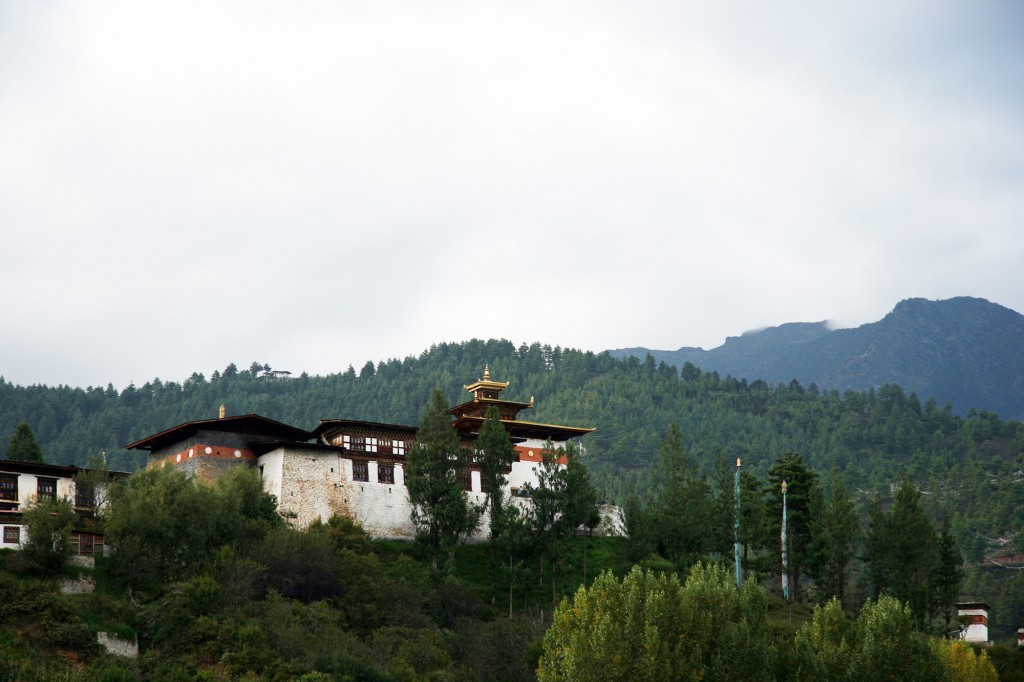
This 12th century temple perched on a hilltop above Thimphu valley constantly buzzes with pilgrim activity. It was established by lama Phajo Drukgom Shigpo, who came from Tibet. The protective deity of the Lhakhang – Tamdrin, is supposed to bless newborns, hence parents from near and far come here to bless their children and get auspicious names for them.
National Institute of Zorig Chusum
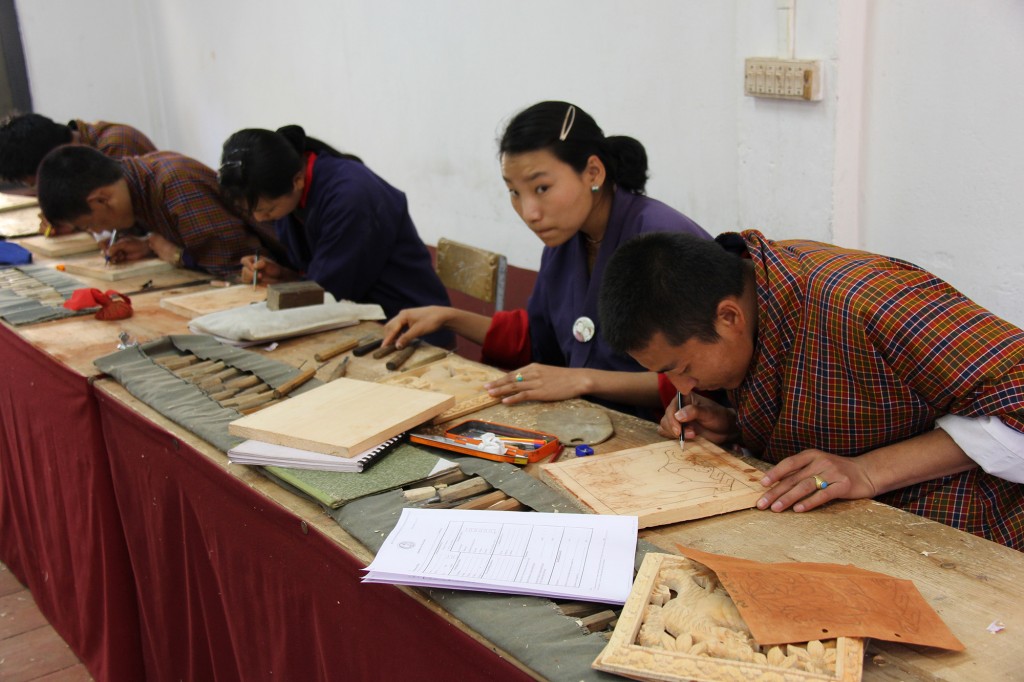
Imparting courses in Bhutan’s 13 traditional arts, Zorig Chusum also known as the painting school is a photographers’ dream and for a layman it’s hard not to be impressed with the skill and discipline that goes into various forms of paintings, woodcarving, embroidery and statue-making.
Nearby, in the vicinity are several handicraft shops.
Nearby, are several handicraft shops.
The National Library
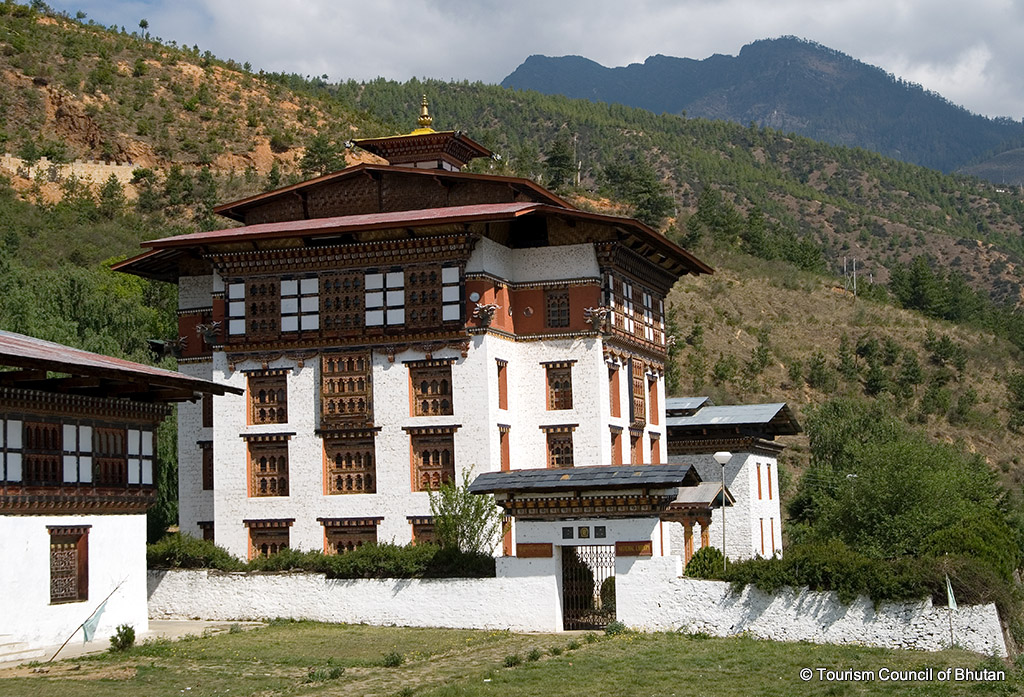
Established in 1976 in order to preserve ancient texts both in Dzongkha and Tibetan, the National Library is a good resource for books about Bhutan.
Scriptures from all religious schools are represented here, including that from Bon tradition. Most of the books are printed on long strips of handmade paper stacked between pieces of wood and wrapped in silken cloth. Also on display are ancient photographs, a copy of the 1783 letter sent by the Desi (Secular Ruler) to Samuel Turner – a British army officer and surveyor.
The Takin Preserve

On your way to the BBS (telecommunications tower viewpoint), one crosses a fenced enclosure that houses Bhutan’s National animal – the takin These nonconformist mammals are worth a visit for the sheer fact that they look different from any animal you may have seen so far, trust us on this one. The enclosure boasts of a café and visitor centre. Remember, the best time to see the takins is in the mornings and evenings when they gather near the fences to graze.
Kuensel Phodrang (Buddha Point)
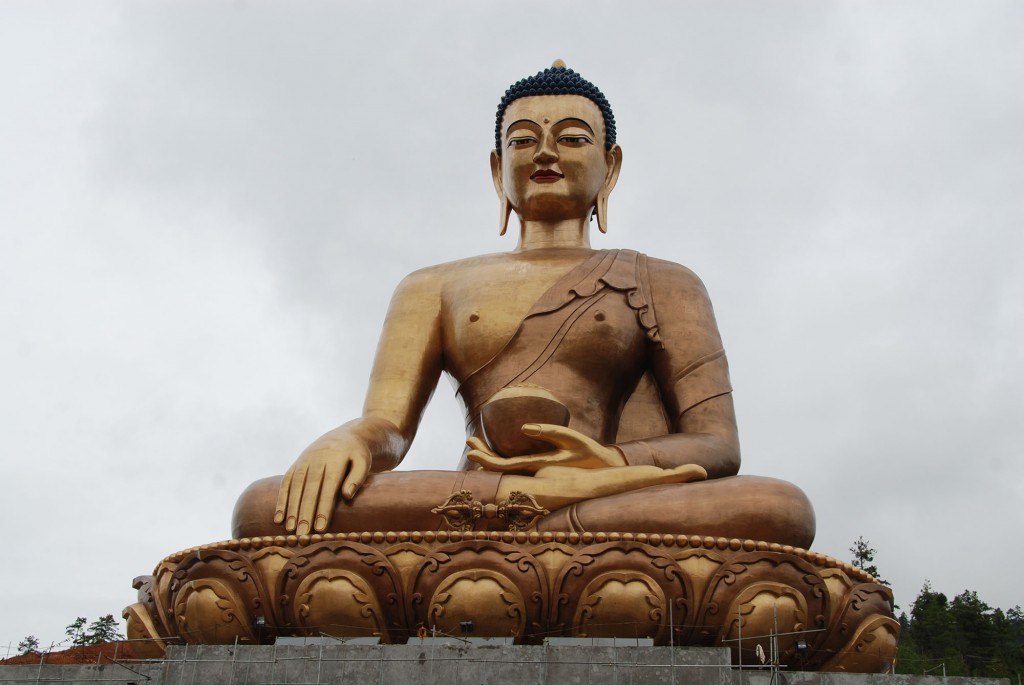
The drive up to Kuensel Phodrang is worth it not only for the view of Thimphu valley from up there but also to simply marvel at the immense size of the Buddha statue that sits majestically on the hilltop. The statue was made in China and shipped and trucked into Bhutan after it was cut into pieces. At a height of 169 feet, it is one of the biggest Buddha Dordenma statues in the world. The massive three-storey throne holds several chapels and the Buddha’s body itself is filled with 125,000 smaller statues.
VAST
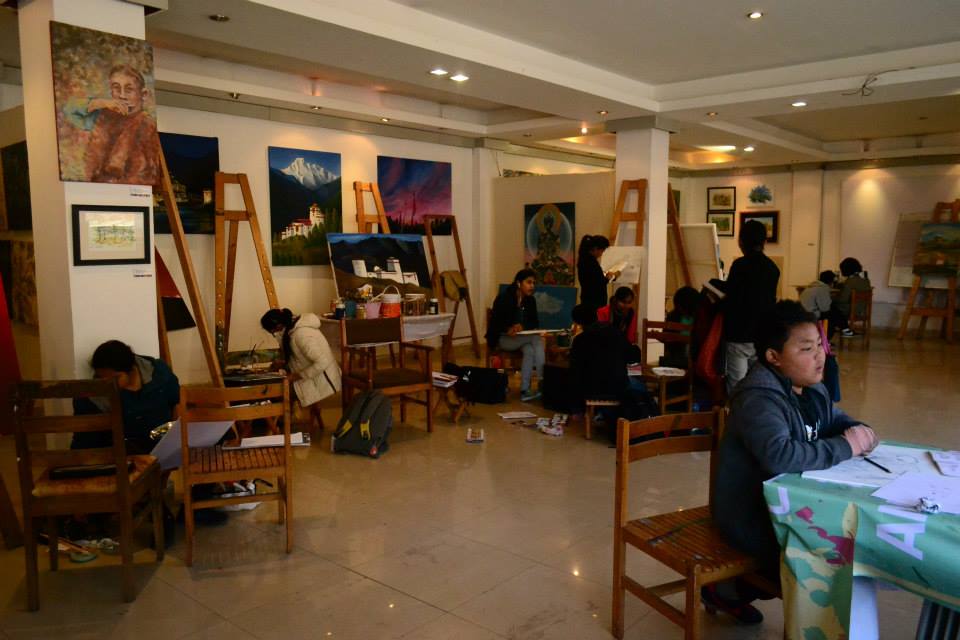
The Voluntary Artists Studio Thimphu (VAST) is the capital’s meeting point and main centre for artists. Here vocational training is provided to young artists while the studio promotes and provides a platform for both contemporary and traditional Bhutanese art. If nothing else, you can learn a lot about this hidden Shangri-La by chatting with the artists. There is also a gallery that sells art by the locals called Alaya.
Folk Heritage Museum
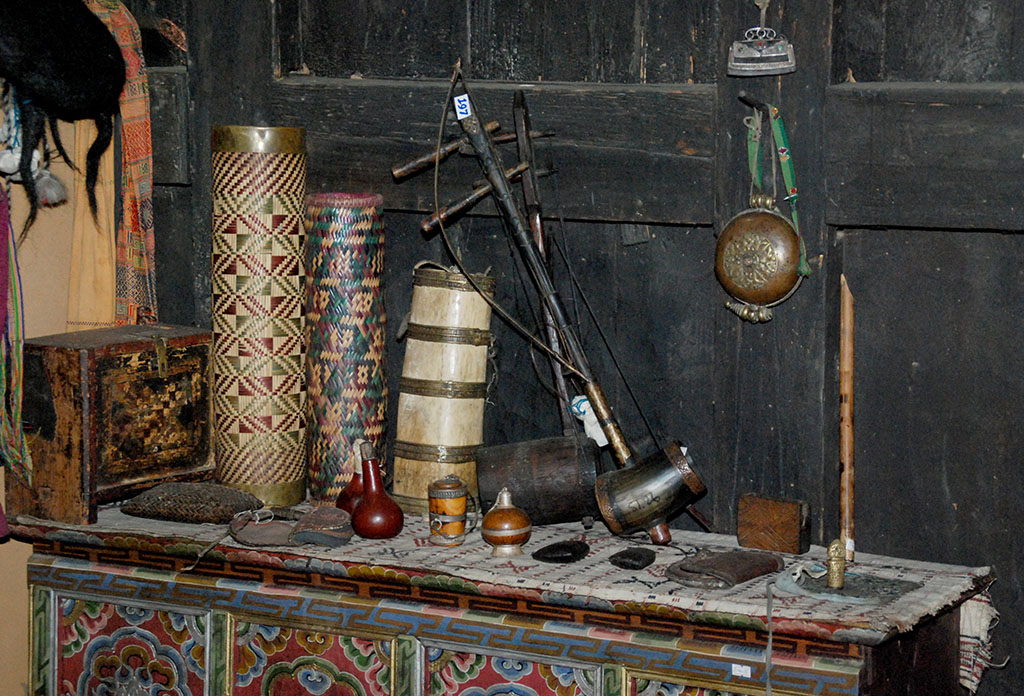
This restored building actually replicates a Bhutanese farmhouse from about a century ago. This life-like museum provides a glimpse into rural Bhutanese life. After the tour, you can enjoy an authentic Bhutanese lunch, with butter tea, chilies, dried meat and the lot at the restaurant there for only Nu 250 (*price may vary*).

